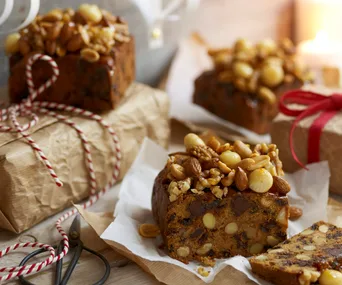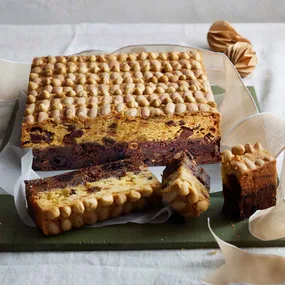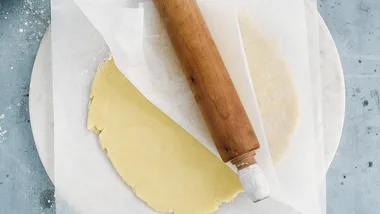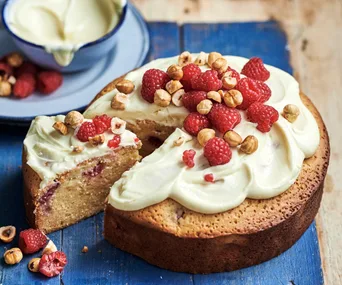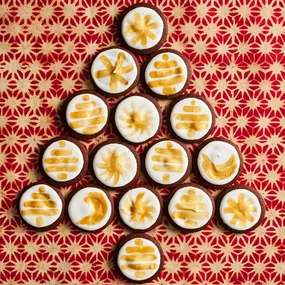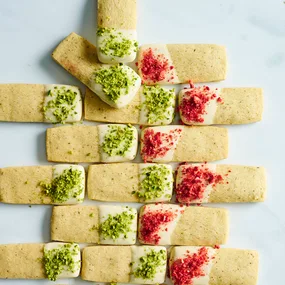Ingredients
Quince glaze
Method
1.Preheat the oven to 180°C/160°C fan forced. Cut through the ham rind about 10cm from the shank end of the leg.
2.To remove rind, run your thumb around the edge of the rind just under the skin. Start pulling the rind from the widest edge of the ham. Continue to pull rind carefully away from the fat up to the shank and remove completely. The rind can be reserved to cover the cut surface of ham to keep it moist during storage, if desired.
3.Using a sharp knife, score across the fat at about 3cm intervals, cutting just through the surface of the top fat. Do not cut too deeply or the fat will spread apart during cooking. Score in the opposite direction to form a diamond pattern. Decorate with cloves.
4.For the quince glaze, place quince paste and water in a small saucepan. Bring to the boil and stir over a medium heat for 2 minutes or until combined. Add honey and stir until combined.
5.Place ham on a wire rack in a large baking dish. Pour the water into the dish. Brush ham well with the quince glaze. Cover the shank end with foil. Bake for 1 hour or until browned all over, brushing occasionally with glaze during cooking.
The glaze can be made in the microwave. If glaze becomes too thick to brush on, reheat until correct consistency. To keep leftover ham fresh and moist, cover with reserved rind. Alternatively, dip a clean tea towel or calico bag in a solution of 2 cups water and 1 tablespoon of vinegar, squeeze out the liquid, then cover the ham with the tea towel, replacing every 2 days, or store in the calico bag. Store ham in the coolest part of the refrigerator for up to 10 days. Boneless hams should be used within one week. Freeze pieces of leftover ham in an airtight container for up to 1 month to use in recipes such as pizza or fried rice.
Note

